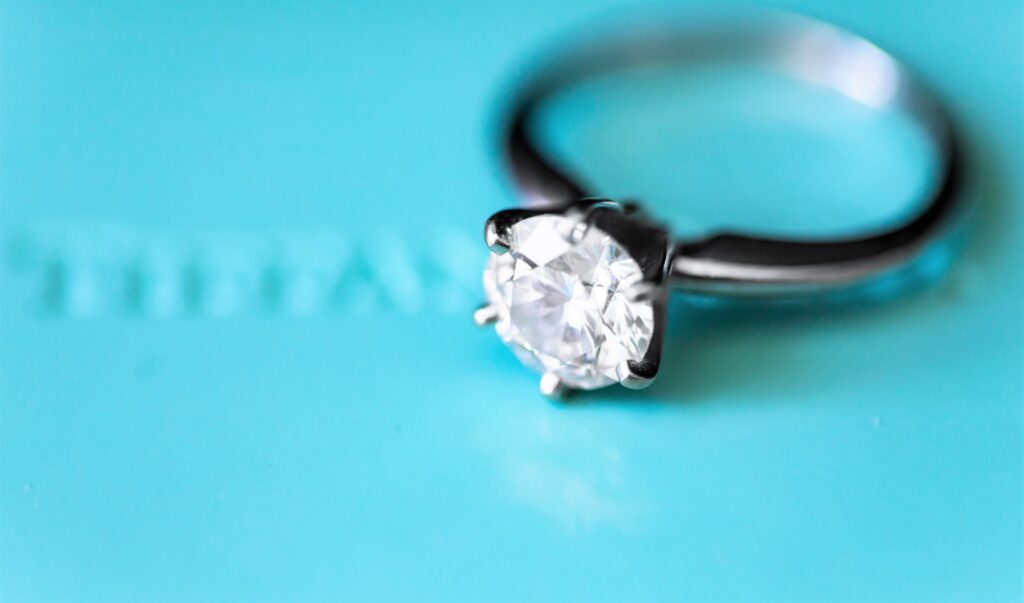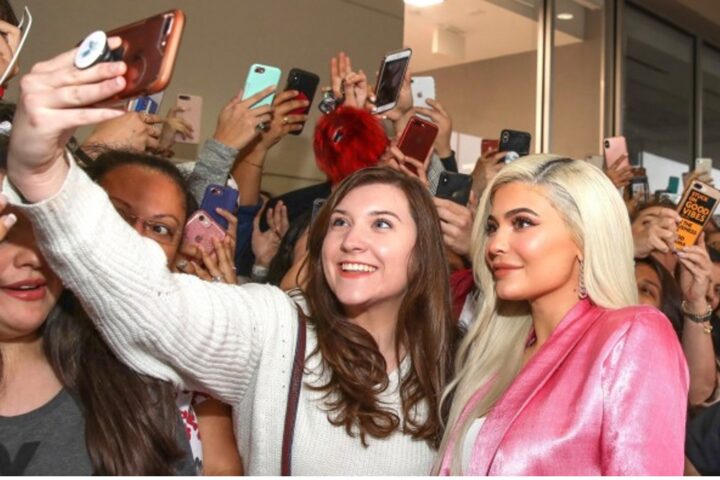Sustainable fashion is a development and interaction of cultivating change to form items and the design framework of fashion industry towards more noteworthy environmental uprightness and social equity. The concept of sustainable fashion not only encompasses the fashion products but also the entire process from the production of clothes to the end-point before it reaches the dump-yard. It involves a whole lot of inter-dependent systems. It is important to understand that how this industry has been affecting the environment for decades now.
Fast- fashion is used to describe a highly profitable and exploitative business model based on replicating catwalk trends and high-fashion designs, and mass-producing them at low cost. Clothing waste occurs mainly due to a decrease in quality of clothes, exponential increase in purchasing and cheap labour used for fast replacement of fashion on a seasoned basis.
Over the past few years various brands have been criticized for their fast-fashion norms, few have managed to tackle the issue by actually incorporating sustainable means of production while others have used the age-old trick to sugar-coat the whole façade with brilliant marketing strategies.
This much needed “woke-ness” in the fashion industry has led to development of a new concept called, thrift fashion. Thrift fashion can be, simply termed as, second-hand clothes. The reason why thrifting has become so popular in recent times, is mainly because it’s a cheaper alternative to fast-fashion and at the same time very sustainable too.
Most of the sustainable brands in fashion are costly and it’s not possible for people from all walks of life to afford it. Here, the thrift stores play an important role as they not only are sustainable but also cheaper in comparison to other fast-fashion brands.
Thrift fashion is sustainable I n nature, as it skips a number of steps that are generally involved in making a piece of garment such as manufacturing, labour to make clothes, carbon footprint and the money put in for marketing etc. There are various ways in which thrift shopping is an environmentally conscious choice. Second-hand clothing helps prevent reach the clothes/ apparel landfills and cause havoc to the environment. A lot of processes involved in making a piece of cloth can be skipped in this way. It may take a lot of time, maybe months and years for the cloth materials to completely breakdown in the dump-yards or the landfills. The principle of REDUCE, REUSE AND RECYCLE can be incorporated here. In recent times, people have realised that instead of throwing off their old clothes or hardly-worn clothes but out of fashion clothes, can be donated and put for better use for someone else. Even the clothes that are made of biodegradable materials do not biodegrade easily and ultimately cause dumping of the landfills. So as long as second-hand clothing is being used, it helps keep the clothes away from the landfills and help reduce pollution to an extent. One of the important reasons for thrift shopping could be community development. Many thrift stores are associated with charities or organizations that help people in need. So, thrifting can be both eco-friendly and community friendly too. Lately, the talk around the term ‘carbon-footprint’ has been a lot and a much needed one too. Carbon- footprint can be simply explained as the total greenhouse gas emissions that may be caused by an individual, organization, community, place, service or product, expressed as carbon dioxide equivalent. Thrifting thus helps reduce carbon footprint. It is now more than necessary to work in this direction and become a responsible citizen. Manufacturing of clothes involves gallons of water usage by the textile industry. According to the Ellen MacArthur Foundation, textile production uses around 93 billion cubic metres of water annually — the equivalent to 37 million Olympic swimming pools.[1] Not just water usage by the industries, the pollution that is caused by these industries as they discharge all the waste in the waterbodies is a major cause for concern. Conventional cotton requires a huge amount of water to grow. In fact, one cotton T-shirt can require as much as 2,720 litres of water to produce, according to an Institute of Water report. However, organic cotton uses 91 per cent less ‘blue’ water (from groundwater and surface-water bodies, such as freshwater lakes and rivers) than conventional cotton, according to a 2017 Textile Exchange study — making it a much more water-efficient choice.[2] Conventional textile dyeing and finishing of the raw fibre is both a thirsty and polluting business. Thrifting can be an excellent choice as it would help conserve so much water and prevent water pollution of the water-bodies by these industries. Even if a single person opts to second-hand clothes, we as a community can save gallons of water. Another advantage of thrifting is that it helps reduce chemical pollution of the water-bodies and also the soil in the nearby areas. Textile industry employs the use of lots of toxic chemicals for the purpose of dyeing, discharge of this chemical in the water bodies causes acidification of not just the water but the soil too. From the fashion point of view, people who like to keep up with always-changing fashion and trends, thrifting can be the best way to change their style and keep themselves updated as thrift stores provide an alternative for highly-acclaimed fashion pieces of fast-fashion brands.
One of the oldest thrift-practice can be seen in our households where the clothes of the elder sibling are passed on to the younger siblings. In India, an excellent example of thrift shopping can be Sarojini Market, located in the heart of New Delhi. The market has various shops which sells all the discarded clothes of big fashion brands and labels, which have been discarded for very minor defects. If not for these thrift stores, all these clothes would end up in the landfills and cause pollution for decades. Recently, various online thrift stores have been also set up, which can also be called as “Digital Sarojini”. Social media platforms such as Instagram have become a hub for these thrift stores. These thrift stores have given employment and business opportunities to a lot of small-business owners. Thrift shopping is not only cheaper and environmentally viable but it also is a wonderful opportunity for a lot of people who wish to run their business. The reason why thrift shopping is preferred over sustainable brands is that sustainable brands are costly as compared to the thrift stores. Sustainable brands are costlier than other brands is because it takes a lot to setup and run a sustainable cloth brand, from finding sustainable material to eco-friendly power and water consumption involves a lot of efforts and money. Till the time sustainable brands are not cost-effective, thrift shopping will continue being the most economically and ecologically viable option when it comes to fashion and clothing.
Sustainable fashion takes into account the entire supply chain and life cycle of a garment, from where and how it is made to when it ends up in our landfills. It is important for consumers to think about how their purchase affects the environment, the lifecycle of their garment, and how to invest in clothes that last longer.[3]
References:
[1] Emily Chan, The fashion industry is using up too much water – here’s how you can reduce your h2o footprint Vogue India (2020), https://www.vogue.in/fashion/content/the-fashion-industry-is-using-up-too-much-water-heres-how-you-can-reduce-your-h2o-footprint#:~:text=Fashion%20is%20undoubtedly%20a%20thirsty,37%20million%20Olympic%20swimming%20pools (last visited Sep 2, 2021).
[2] Id.
[3] Amanda Cotler, Why sustainable Fashion Matters Forbes (2019), https://www.forbes.com/sites/ellevate/2019/10/07/why-sustainable-fashion-matters/?sh=107cfc5471b8 (last visited Sep 2, 2021)











Hey, you used to write fantastic, but the last several posts have been kinda boringK I miss your tremendous writings. Past few posts are just a little bit out of track! come on!